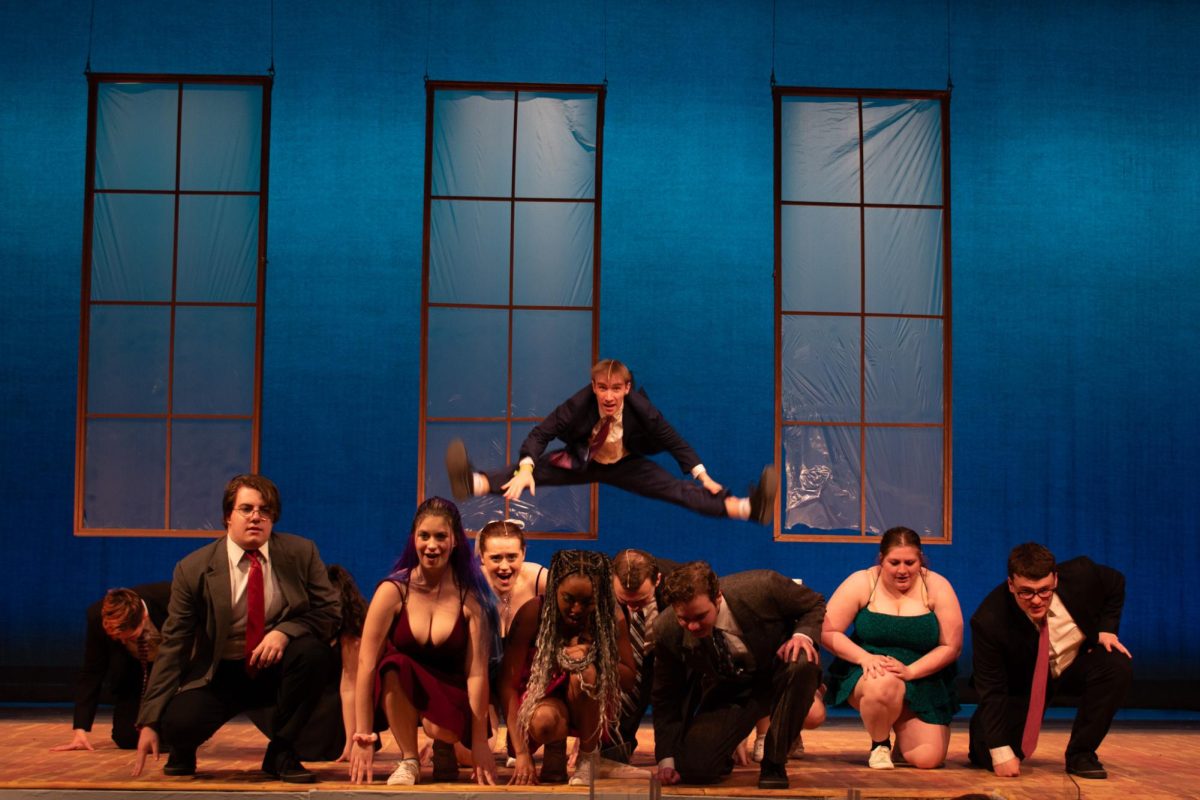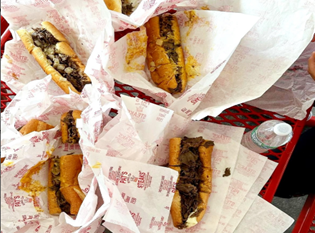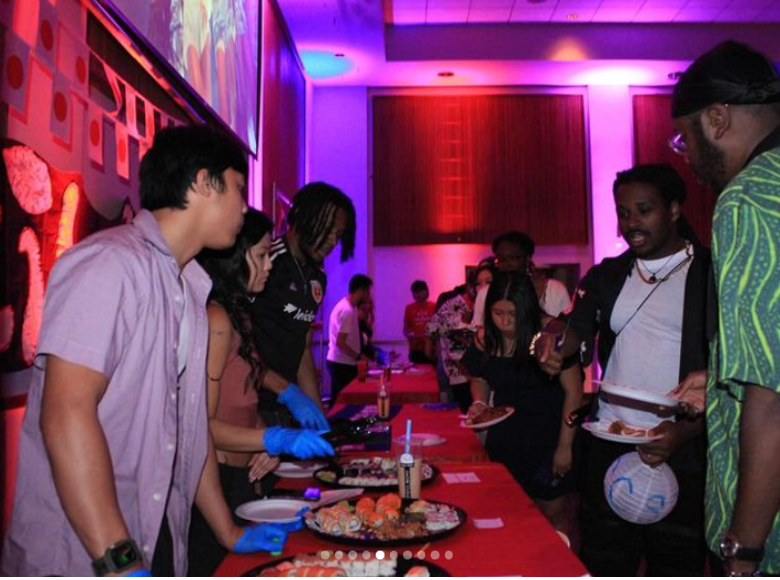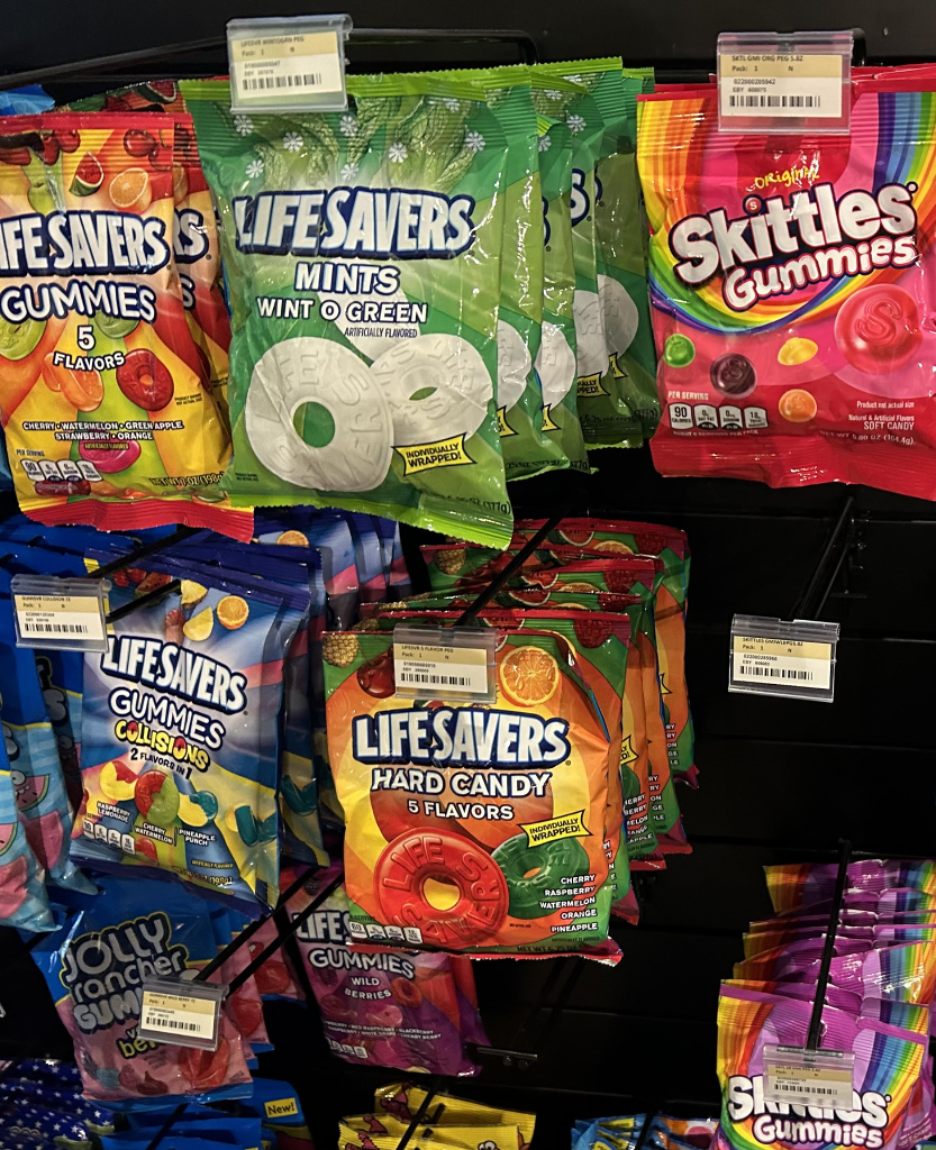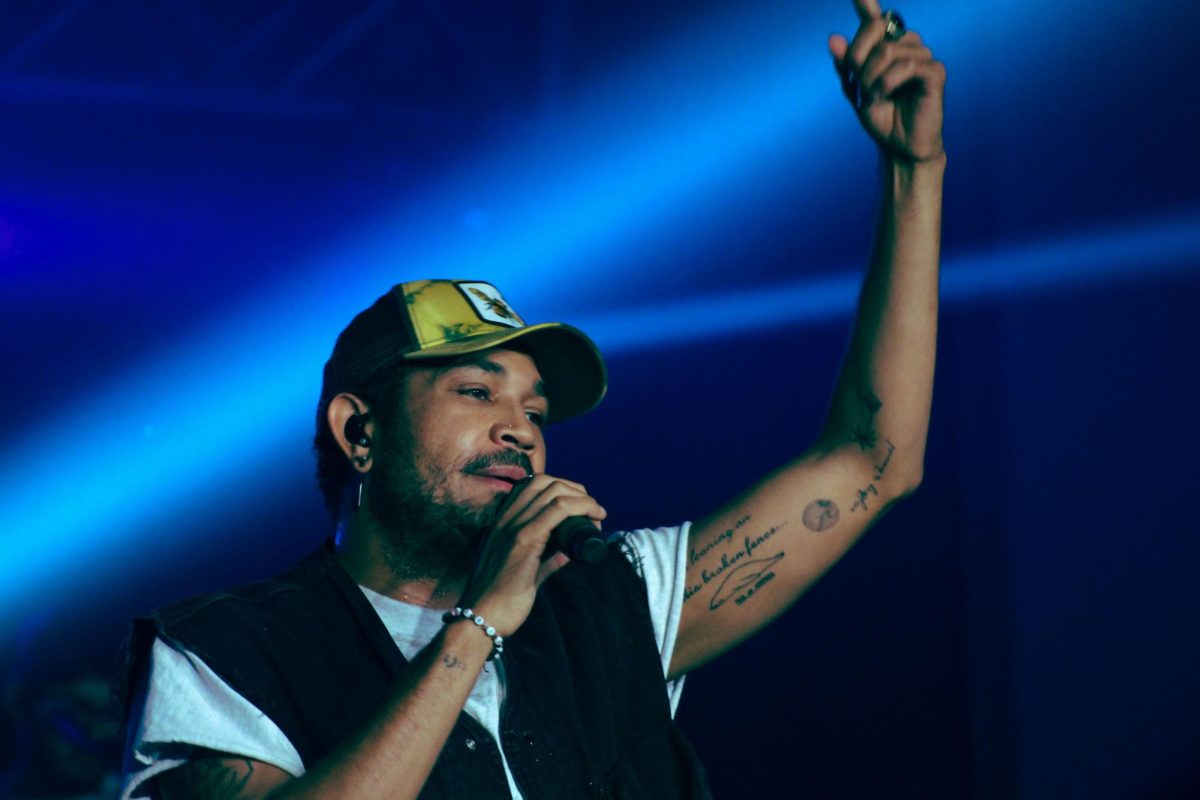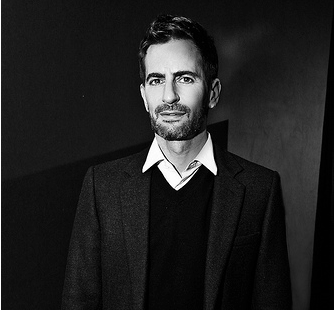Following the label’s October 2nd Paris Fashion Week show, Marc Jacobs announced that he would be leaving his position as the house’s creative director.
Jacobs assumed the position in 1997 following a brief but controversial stint at Perry Ellis and the early stages of developing his own label. Over the past decade and a half, Jacobs has managed to not only breathe new life into Louis Vuitton (a company nearly 160 years old) but also turn his eponymous line into a reported $1 billion company.
This is a rare feat, as often when designers head other brands their own lines fall to the wayside. Karl Lagerfeld’s own label is not nearly as well-known as the work he does at Chanel; as the New York Times pointed out, John Galliano’s namesake designs were always considered somewhat of a joke compared to his collections for Dior, before he was asked to leave the house in 2011.
But Jacobs managed to juggle Vuitton, Marc Jacobs, two lower-priced lines (Marc by Marc Jacobs and Jacob by Marc Jacobs,) as well as an established perfume business and – most recently – a beauty line.
His reason for leaving Vuitton is reportedly to focus on his own collections. This all seems well and good, but one wonders why he needs to focus more on his lines considering his tremendous personal successes achieved while still working at Vuitton.
Initially, there were reported disagreements between Jacobs and LVMH Moët Hennessy Louis Vuitton, the fashion conglomerate that owns Louis Vuitton and holds a majority stake in Marc Jacobs, among many other labels. However, both sides have since dispelled the rumors and claimed Jacobs leaving his spot at Vuitton was an amicable parting.
This raises the question: Are there other reasons, perhaps? Jacobs is said to be a favorite to follow in the footsteps of Lagerfeld at Chanel. There are already similarities between the two: Besides Jacob’s 16 year run, Lagerfeld is the only other designer to reign at the head of a major, non-personal label for that long. Lagerfeld has clocked 30 years at Chanel so far; he’s worked with Fendi since 1965, too, but is better known for his Chanel designs.
Lagerfeld is currently 80 years old, and while he may still be going strong, it is perhaps time to start considering options for his replacement. Jacobs, obviously an industry vet, could be just the man. He proved himself at Vuitton, combining his own kooky stylistic preferences with the elegance already associated with the label. Could he do the same at Chanel down the line?
This would not be the first debated creative director replacement. In the past two years alone, the fashion world has been split over the decisions of new creative directors. After Galliano’s fall from grace in the form of a racist slur, Dior desperately needed a new creative director. Raf Simons – previously known for his restrained, mod aesthetic employed at Jil Sander – was criticized for not being able to handle the whimsical, over-the-top style inherent in Dior couture. Similarly, when Nicolas Ghesquiere decided to leave his position at Balenciaga in 2012 – after an impressive 15 years – the label was critiqued for hiring Alexander Wang. Wang, already famous for his own line and quick rise within the industry, was deemed too young at only 29 years old. However, both designers impressed with their first collections and dismissed any questions regarding their capability.
It remains to be seen whether Jacobs will follow this trend and take over down the line for Lagerfeld. When compared to Lagerfeld and Galliano – who each failed to bring their own lines fame while working at other labels – Jacobs seems more than capable.
Whatever the case may be, Jacobs’ time at Vuitton will be fondly remembered. His swansong show was an outstanding blend of previous seasons. The set combined theatrical pieces from various past shows’ sets; he painted a model with the Louis Vuitton name logo developed from Jacobs’ early collaboration with artist Stephen Sprouse. It was all very sentimental and nostalgic.
The collection was an all-black goodbye; mournful, yes, but with an off-kilter twist in the form of ornate embellishments and outsized headpieces. In a word, it was very Jacobs.



























